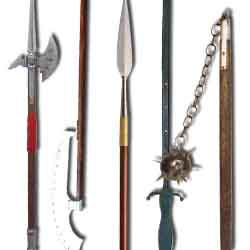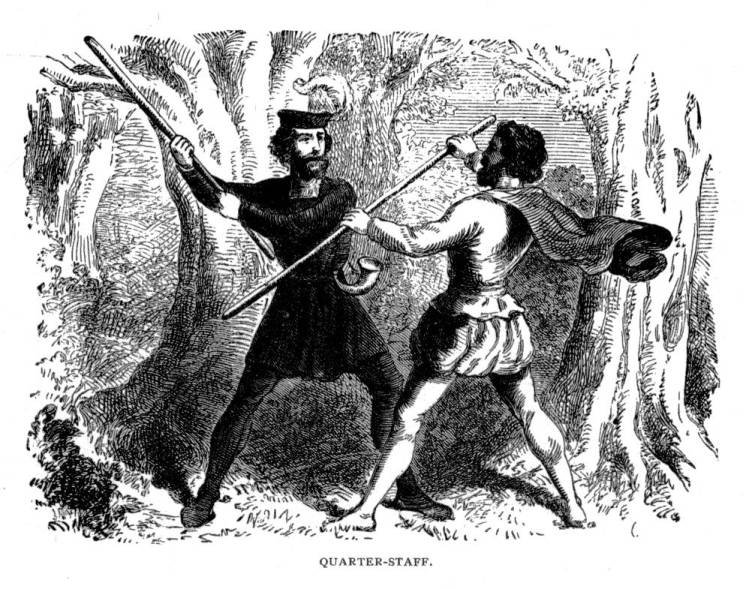DND_Reborn
The High Aldwin
Ah... the "I'm an expert" clause... Your credibility just took a nosedive, especially since you misspelled "medeval".As an casual medeval fighter, I do indeed know the difference between a pike and a spear.
Ah... the "I'm an expert" clause... Your credibility just took a nosedive, especially since you misspelled "medeval".As an casual medeval fighter, I do indeed know the difference between a pike and a spear.
Well then. I guess you won the internet. I hope you feel better.Ah... the "I'm an expert" clause... Your credibility just took a nosedive, especially since you misspelled "medeval".
Yeah ME!!!Well then. I guess you won the internet. I hope you feel better.
Yeah? Well I watch my two young sons duke it out with foam weapons all the time. And let me tell you, dual-wielding is a thing.As an casual medeval fighter, I do indeed know the difference between a pike and a spear.
Help yourself to a quick wiki search. There are no staves, cudgels, or any other far-fetched wooden poles except for weapons with heads attached. All shown are two handed wooden shafts with all kinds of shapes of weapon heads.

 www.arms-n-armor.com
www.arms-n-armor.com

 www.medievalcollectibles.com
www.medievalcollectibles.com



i have literally never seen anyone use this definition of a polearm in my entire life, and it makes no sense, especially considering one of the main uses for a polearm is for...thrusting.From the internets (wilki)...A pole-arm is differentiated from a spear in that the penetrating 'edge' is parallel to the pole, rather than in-line, although many pole-arms also incorporate a spear point. So semantics maybe, but seems like apples and oranges.
My next D&D character adventures on stilts -- polelegs.Wow this spat has legs. Or maybe stilts, which are practically poles....
